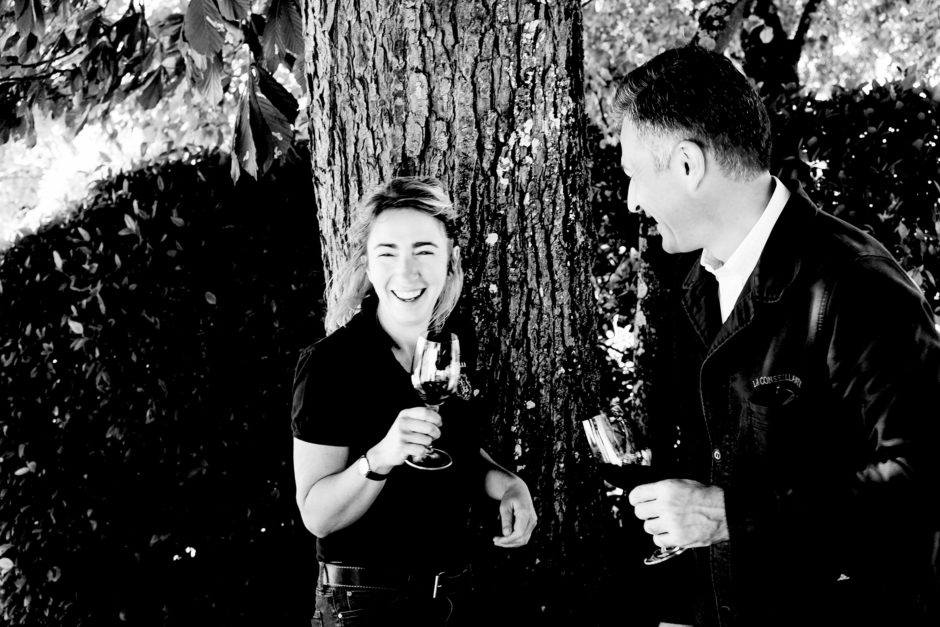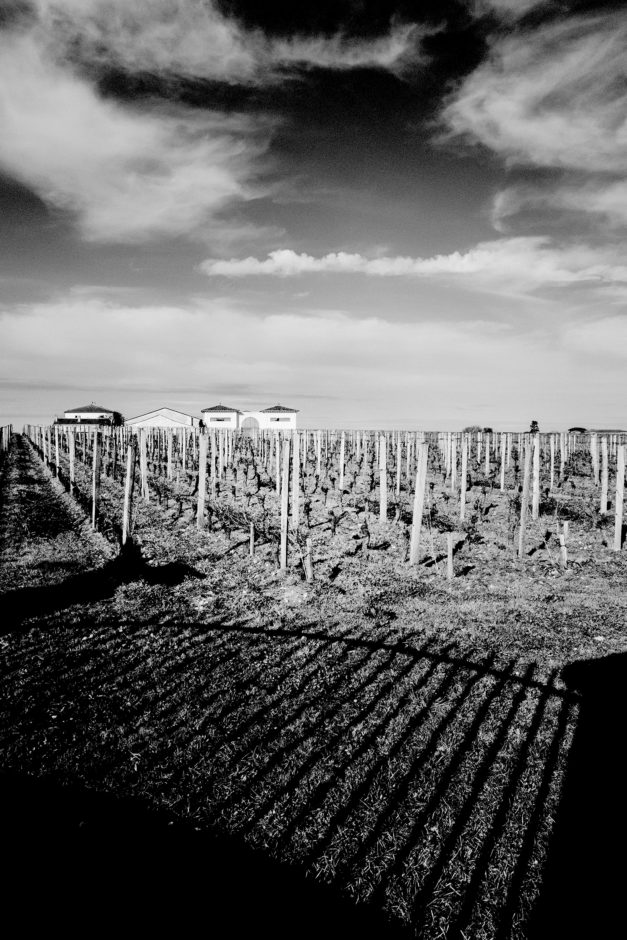08th Jun 2022
During my visit to La Conseillante in February this year, managing director Marielle Cazaux opened a small vertical of vintages from 2009 to 2019. This was a fascinating collection of years, representing a bridge decade between where La Conseillante was and where it is going.
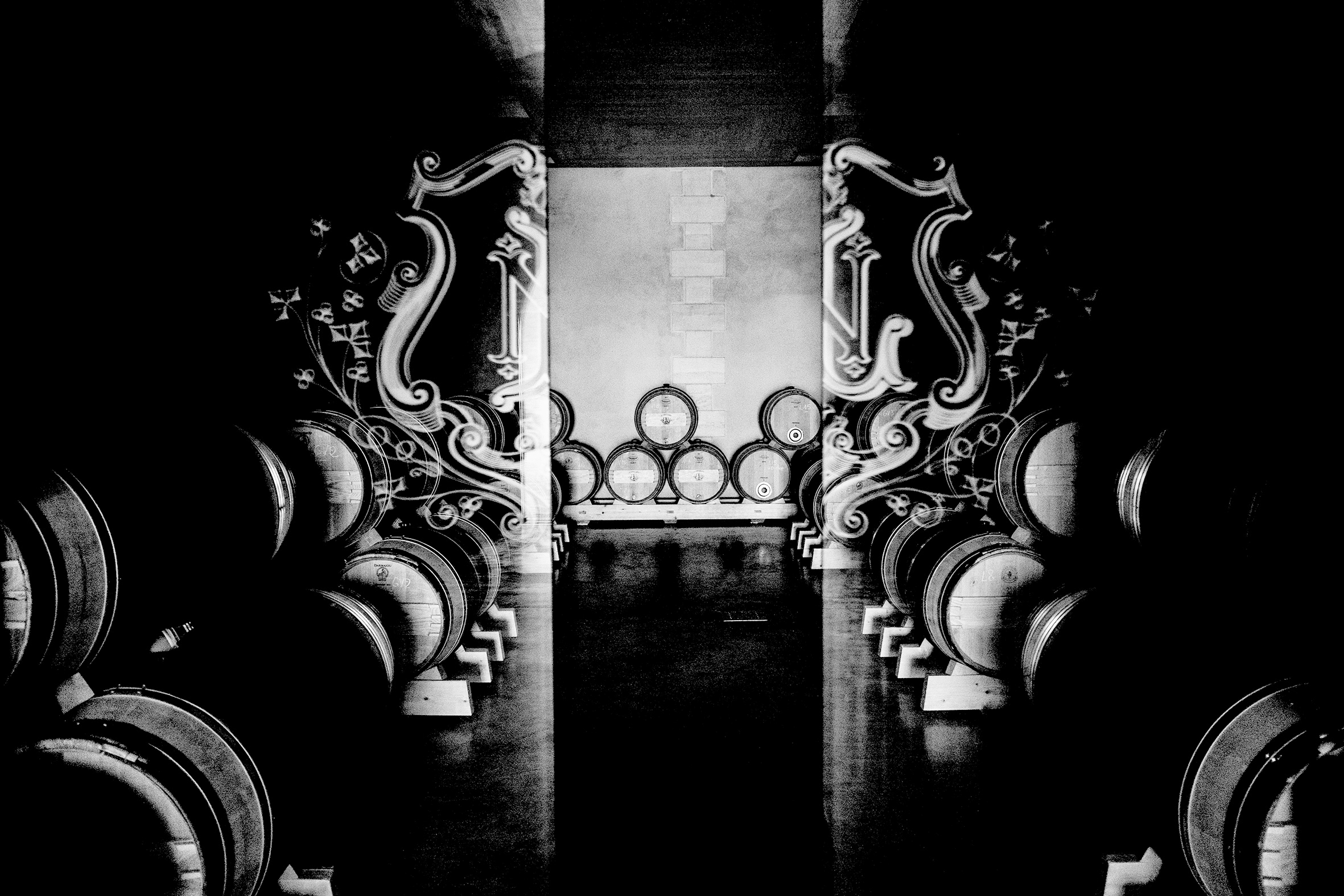
The Bridge
Owned by the Nicolas family since 1871, La Conseillante enjoys an enviable position on the best possible border between Pomerol and Saint-Émilion. The vineyard itself is a bridge connecting the two communes, with a good portion of La Conseillante’s vineyard area landing within the Saint-Émilion AC, snuggled up next to Cheval Blanc. On the Pomerol side, neighbors include L’Evangile, Petrus, and Vieux Château Certan. Even though the vineyard area isn’t huge—around 12 hectares or 30 acres—the soils are varied, consisting of clays that include Petrus’ blue clay and free-draining sand and gravel profiles, as can be found at Cheval Blanc and nearby Figeac. This means that Merlot and Cabernet Franc, planted in proportions of 80% and 20%, respectively, can both excel here. Cazaux informed me that they are now planning to plant a little Cabernet Sauvignon in 2023 on a freer draining section, akin to neighbor and friend Figeac, and Cheval Blanc also has a little Cabernet Sauvignon on gravel.
Conseillante wines have never been more reliable.
While the consistency of quality at La Conseillante had been a little choppy during the latter half of the twentieth century, into the 21st century, the wines have never been more reliable. It’s no small coincidence that the fifth generation of the Nicolas family stepped into managing the estate in 2003, Bertrand and Jean-Valmy Nicolas wasting no time making necessary improvements. By 2012, a new vat room had been built, housing a greater number of smaller tanks to enable plot-by-plot vinifications—an absolute no-brainer on a site with such varied soils. In 2013, Michel Rolland was taken on as a consultant. And in 2015, Marielle Cazaux was poached from nearby Petit-Village to take over winemaking and vineyard management.
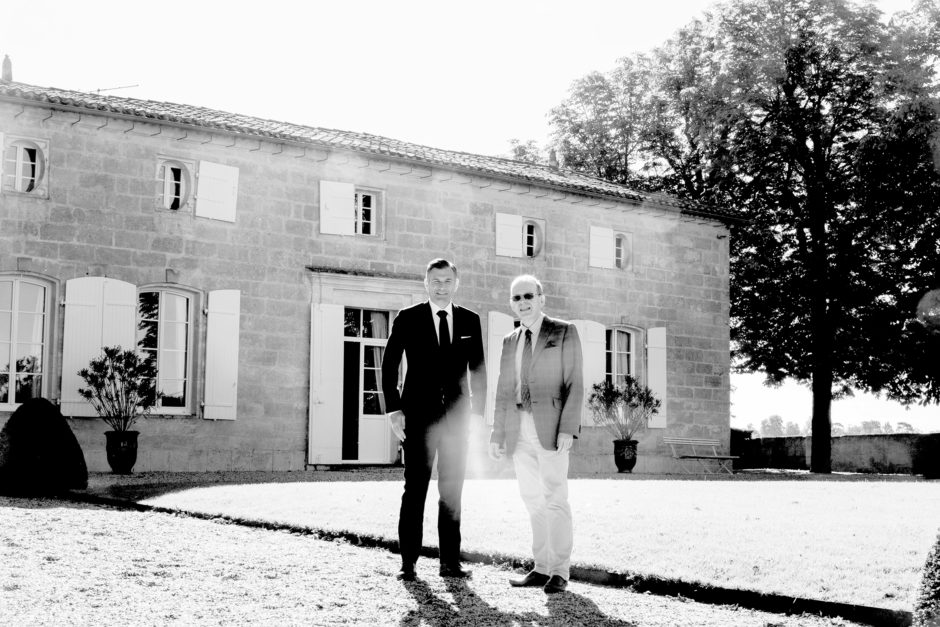
“2015 was the first year we started trials with cold pre-fermentation soaks,” Cazaux informed me when I asked about her changes since coming on board. “And then we started doing a small percentage of in-barrel fermentations, around 8%. In warmer, dry vintages, we perform a debourbage on the juice to help get rid of dust that clings to the berries in hot years, ensuring greater purity. We have decreased sulfite additions by 30% and no longer add sulfites pre-fermentation. During harvest, I’ve also extended the workday from 6 am to midnight, splitting it into two shifts to perform gentler pump-overs, spread over a longer period of time. And now we have a forklift and tank means of pumping by gravity. From 2018, we started aging a small proportion in amphorae, about 3%. We have also isolated our own strains of lactic bacteria for malo-lactic inoculation. We will soon be collecting indigenous yeasts from around the property to perform the primary fermentations.”
The velvety tannin texture is a signature of the vineyard.
Looking at the wines made from 2015 onwards, Cazaux’s burgeoning era, one facet that stands out is the quality of the tannins. This velvety tannin texture is a signature of the vineyard but has never been so clear or better expressed until now.
“I worked for a few years on the tannin management,” Cazaux said. “I have tried to best express the estate’s DNA. Picking date is so important for this. If you don’t have great knowledge of your vineyard, the date of picking the grapes can be too late. I know my parcels very well. The date of picking is most important. Then, I’ve adjusted the temperature of the fermentations. We start at 20 degrees Celsius. We keep it low. We do not use any machines for the pump-overs. We only do pumping-over by hand for better control. The oak we use—we choose the cooper very carefully and with a lot of experimenting. In the end, it is all these tiny details that produce this result.”
–
Article & Reviews by Lisa Perrotti-Brown MW
Photos by Johan Berglund

PRODUCERS IN THIS ARTICLE
> Show all wines sorted by scoreMore articles

Pilcrow’s New Releases
18th Apr 2024
7 tasting notes
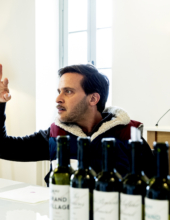
Bordeaux 2023 Primeurs Photo Essay
18th Apr 2024
0 tasting notes
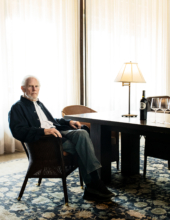
Harlan Estate, BOND, Promontory 2021 and 2011
11th Apr 2024
14 tasting notes
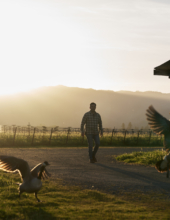
Favia 2012-2021
04th Apr 2024
17 tasting notes
Show all articles
